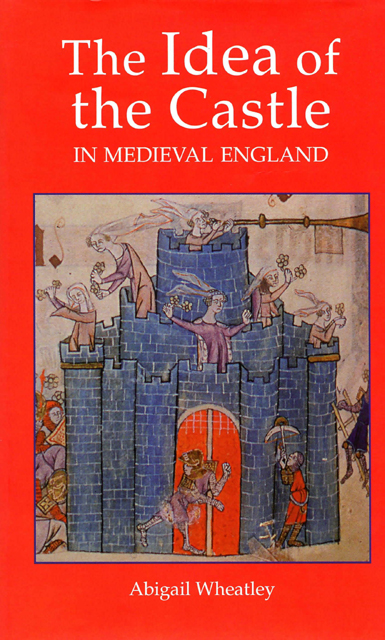Three - The Spiritual Castle
Published online by Cambridge University Press: 21 March 2023
Summary
Ideo, fratres, praeparemus spirituale quoddam castellum, ut veniat ad nos Dominus noster. Audacter enim dico, quia nisi beata Maria hoc castellum praeparasset in se, non intrasset in uterum ejus, nec in mentem ejus Dominus Jesus, nec istud Evangelium in ejus festivitate hodie legeretur. Ergo praeparemus hoc castellum. In castello fiunt tria quaedam, ut forte sit, scilicet fossatum, murus et turris. Primo fossatum, et postea murus super fossatum, et sic turris quae est fortior et excellentior caeteris. Murus et fossatum se invicem custodiunt; quia nisi fossatum praeesset, possent per aliqod ingenium homines accedere ad murum suffodiendum; et nisi murus esset super fossatum, possent ad fossatum accedere, et illud implere. Turris omnia custodit, quia altior est omnibus. Intremus modo animam nostram, et videamus quomodo ista omnia debent in nobis spiritualiter fieri.
(Therefore, brothers, let us make ready a certain castle spiritually, so that our Lord might come to us. Indeed I say to you [do it] boldly, because unless the blessed Mary had prepared this castle within herself, Lord Jesus would not have entered into her womb, nor into her mind, nor would this gospel be read today on her holyday. Therefore let us prepare this castle. Three things make up a castle, so that it might be strong, namely a ditch, a wall and a tower. First the ditch, and after that a wall over the ditch, and then the tower which is stronger and better than the others. The wall and ditch guard each other; because if the ditch were not there, men could by some device get in to undermine the wall; and if the wall were not above the ditch, they could get to the ditch and fill it in. The tower guards everything, because it is taller than everything else. So let us enter our minds, and see how all these things should be brought into being spiritually within ourselves.)
Castles and churches are without doubt the most impressive architectural achievements of the Middle Ages, yet they have traditionally been studied from different points of view and by different scholars. This approach has inevitably emphasized the contrasts between them, especially in terms of their ideological connotations. The whole of this book is an attempt to show that defensive architecture could communicate meaning in the same ways as ecclesiastical architecture.
- Type
- Chapter
- Information
- The Idea of the Castle in Medieval England , pp. 78 - 111Publisher: Boydell & BrewerPrint publication year: 2004



